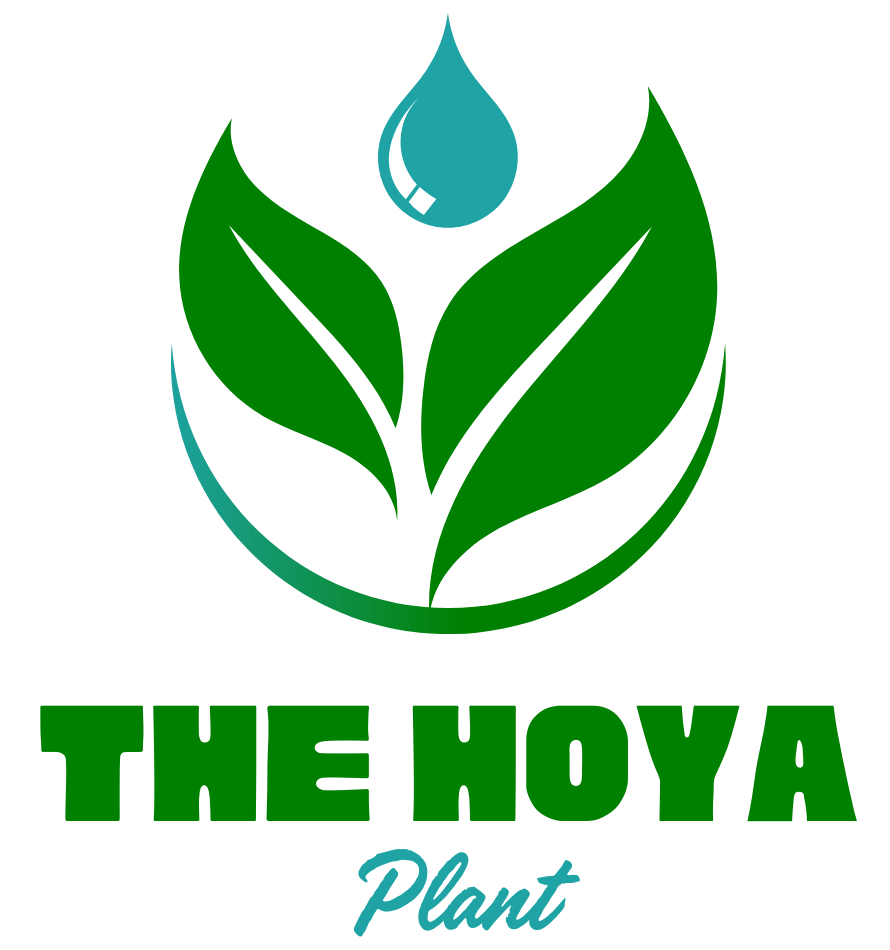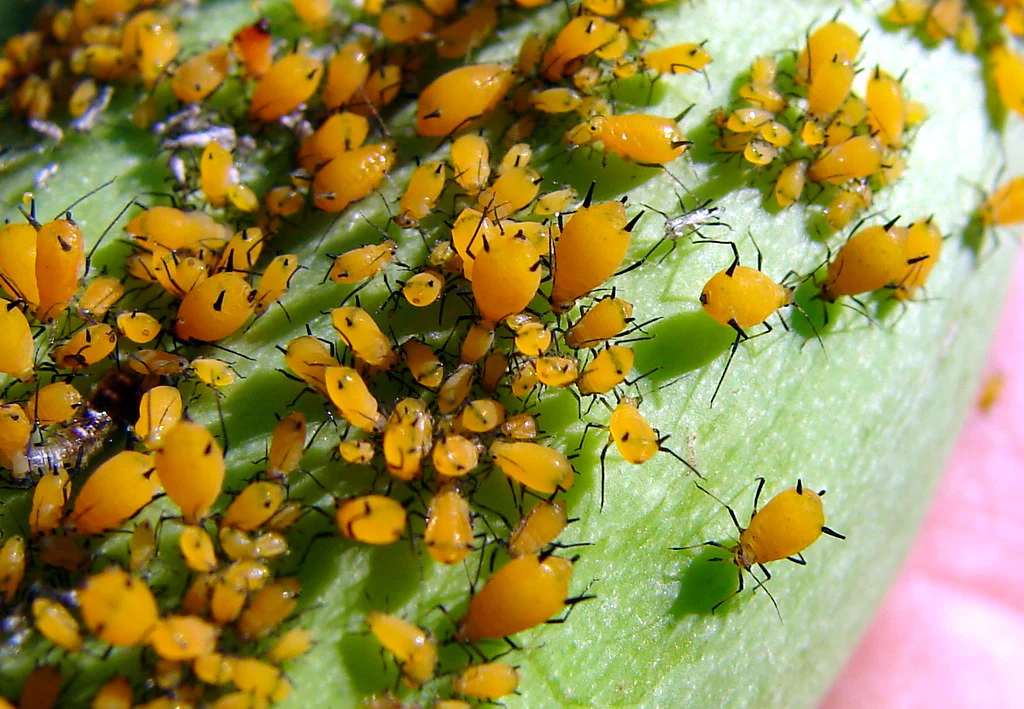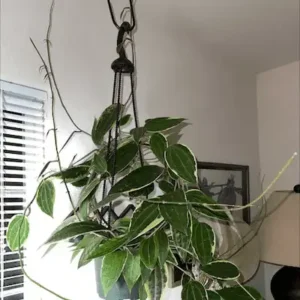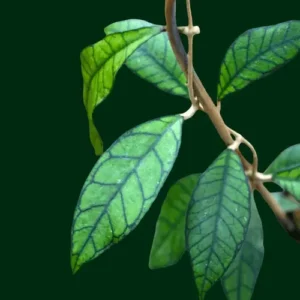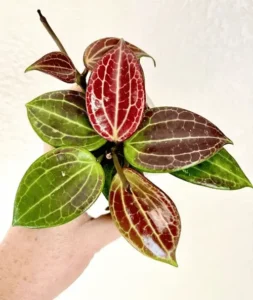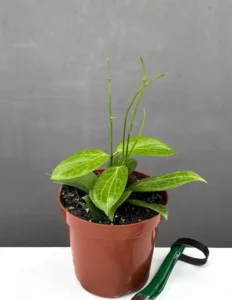Introduction
In this article, we’ll delve into the significance of aphids on Hoya plants. We’ll explore their biology, how they interact with Hoyas, signs of infestation, the damage they can cause, natural predators, and methods for controlling them. By the end of this piece, you’ll have a thorough understanding of how to manage aphids and keep your Hoya plants healthy and thriving. However, like most plants, Hoyas are not entirely immune to pests. One of the most common threats to Hoyas is the aphid, a small but mighty pest that can cause significant damage if left unchecked.
What Are Aphids?
Aphids are tiny, sap-sucking insects that belong to the superfamily Aphidoidea. There are over 4,000 species of aphids, and they can vary in color, size, and shape. Common colors include green, black, yellow, and pink. Aphids are known for their pear-shaped bodies and long antennae, and they can be winged or wingless. Though they are small—typically between 1 to 3 millimeters in length—their damage can be disproportionate to their size.
Aphids reproduce at a rapid pace, often giving birth to live young without mating, a process known as parthenogenesis. This allows populations to grow exponentially in a short amount of time, making aphids especially problematic in large numbers. These pests are often found feeding on the soft, tender parts of plants, particularly new growth.
The Aphid-Hoya Interaction
Hoya plants are especially vulnerable to aphid infestations because of their soft stems and juicy leaves. Aphids are particularly attracted to tender new growth, which is common on Hoyas. When aphids attack, they pierce the plant tissues with their specialized mouthparts (called stylets) and suck out the sap. This not only weakens the plant but also introduces potential diseases.
Aphids excrete a sugary substance known as honeydew, which can attract other pests like ants and promote the growth of sooty mold. These secondary issues can further compromise the health of the Hoya plant. Aphids tend to gather in large colonies, and if left unchecked, they can cause stunted growth, deformed leaves, and ultimately lead to the plant’s decline.
Signs of Aphid Infestation
Recognizing the early signs of an aphid infestation is crucial for the health of your Hoya plants. Some of the most common signs include:
Curling or Distorted Leaves
Aphids inject toxins into the plant as they feed, causing the leaves to curl, twist, or become deformed.
Sticky Residue (Honeydew)
Aphids excrete a sticky substance known as honeydew, which can coat the leaves and stems. Over time, this can lead to the growth of black sooty mold.
Ants
Ants are often attracted to aphids because they feed on the honeydew excreted by the insects. If you notice ants on your Hoya, it’s a good indication that aphids are present.
Yellowing Leaves
Aphid feeding can cause leaves to yellow and fall off prematurely.
Visible Aphids
One of the most obvious signs is the presence of aphids themselves. They can often be found clustered on the undersides of leaves, near new growth, or along stems.
Yellow Aphids on Hoya Plants
Yellow aphids can cause a variety of discoloration, yellowing leaves, and curling leaves. They can cause stunted growth and spread diseases that can cause injury to plants. Honeydew, is a sugary waste product caused by large infestations of aphids. On the other hand, yellow aphids are attracted to young, tender, stressed, and fast-growing plants that are rich in nitrogen.
The Damage Aphids Cause to Hoya Plants
While a small number of aphids may not significantly harm your Hoya, a large population can wreak havoc. The primary damage caused by aphids is due to their sap-sucking behavior, which deprives the plant of essential nutrients. Over time, this can lead to weakened plants, stunted growth, and poor overall health which is the significance of aphids on Hoya plants.
Reduced Growth
When aphids feed on a Hoya plant, they deprive it of vital nutrients, leading to slower growth and reduced vigor.
Deformed Flowers and Leaves
Aphids often feed on new growth, causing it to become misshapen or stunted. In this case, hoya plant stops blooming.
Disease Transmission
Aphids can transmit plant viruses from one host to another. While Hoyas aren’t as susceptible to some viral diseases as other plants, the risk still exists, particularly if aphids are feeding on multiple plants in close proximity.
Sooty Mold
The honeydew excreted by aphids provides a perfect environment for sooty mold to grow. This black fungus can cover the leaves and stems of the Hoya, blocking light and interfering with photosynthesis.
Natural Predators and Biological Control
One of the most effective and environmentally friendly ways to control aphids is to encourage their natural predators. Many beneficial insects feed on aphids, and these natural enemies can help keep aphid populations in check which is the significance of aphids on Hoya plants.
Ladybugs (Ladybird Beetles)
Perhaps the most famous aphid predator, ladybugs are voracious eaters of aphids. Both adult ladybugs and their larvae consume large quantities of aphids.
Lacewings
Lacewing larvae are another excellent aphid predator. Often referred to as “aphid lions,” these larvae can eat hundreds of aphids before they pupate.
Parasitic Wasps
Certain species of parasitic wasps lay their eggs inside aphids. The developing wasp larvae consume the aphid from the inside out, ultimately killing it.
Hoverflies
Hoverfly larvae are another effective aphid predator. They resemble small maggots and can consume a large number of aphids in their short lifespan.
Encouraging these natural predators can significantly reduce aphid populations. Planting flowers that attract these beneficial insects, such as marigolds, daisies, and dill, near your Hoyas can help create a balanced ecosystem in your garden or home.
Chemical Control
If natural methods don’t seem to be controlling the aphid population on your Hoyas, you may need to consider chemical control. There are several options available, ranging from organic insecticides to more potent chemical sprays.
Insecticidal Soap
One of the safest and most effective treatments for aphids is insecticidal soap. These soaps are formulated to break down the outer shell of the aphids, causing them to dehydrate and die. Insecticidal soap is safe to use on most houseplants, including Hoyas, and won’t harm beneficial insects if used correctly.
Neem Oil
Another popular organic solution, neem oil works by disrupting the life cycle of aphids, preventing them from feeding and reproducing. Neem oil also has fungicidal properties, making it an excellent choice if your Hoya (plant) is also suffering from sooty mold.
Pyrethrin
Pyrethrin is a natural insecticide derived from chrysanthemum flowers. It is effective against aphids but can also harm beneficial insects, so it should be used with caution.
Systemic Insecticides
For severe infestations, you may need to resort to systemic insecticides. These chemicals are absorbed by the plant and kill aphids when they feed on the sap. However, systemic insecticides should be used as a last resort, as they can also harm beneficial insects and may pose a risk to pets or humans if not used properly.
Preventing Aphid Infestations
Prevention is always better than cure when it comes to aphid infestations which is the significance of aphids on Hoya plants. Here are some tips to prevent aphids from taking over your Hoya plants:
Regular Inspection
Check your Hoya plants regularly for signs of aphids, especially during the growing season. Catching an infestation early will make it much easier to control.
Quarantine New Plants
If you bring a new plant into your home, keep it isolated from your other plants for a few weeks to ensure it’s not carrying any pests.
Avoid Over-Fertilizing
Aphids are attracted to lush, tender growth, which is often the result of overfertilizing. Use a balanced fertilizer and avoid overfeeding your Hoyas.
Maintain Plant Health
Healthy plants are better able to withstand pest infestations. Keep your Hoyas well-watered, provide adequate light, and avoid stressing them with sudden changes in temperature or humidity.
| FAQs What is the best thing to kill aphids on plants? One of the safest and most effective treatments for aphids is insecticidal soap. These soaps are formulated to break down the outer shell of the aphids, causing them to dehydrate and die. Insecticidal soap is safe for most houseplants, including Hoyas, and won’t harm beneficial insects if used correctly. What is the best spray to kill aphids on plants? Pyrethrin is a natural insecticide derived from chrysanthemum flowers. It is effective against aphids but can also harm beneficial insects, so it should be used with caution. Another popular organic solution, neem oil, works by disrupting the life cycle of aphids, preventing them from feeding and reproducing. Neem oil also has fungicidal properties, making it an excellent choice if your Hoya is also suffering from sooty mold. How do you get rid of mites on hoya? To get rid of mites use neem oil, pyrethrin-based sprays, and systemic insecticides. |
Conclusion
Aphids, while small, can have a significant impact on Hoya plants. From stunted growth to deformed leaves and flowers, the damage they cause can be extensive if left unchecked. However, by understanding their life cycle, recognizing the early signs of infestation, and using a combination of natural and chemical control methods, you can keep your Hoyas healthy and aphid-free.
Remember, the key to managing aphids is vigilance. Regularly inspecting your plants, encouraging beneficial insects, and employing safe control methods will help you keep your Hoya plants thriving for years to come. Whether you’re a seasoned plant enthusiast or a beginner, keeping an eye out for these pesky pests will ensure your Hoyas remain the beautiful, resilient plants they are known to be.
